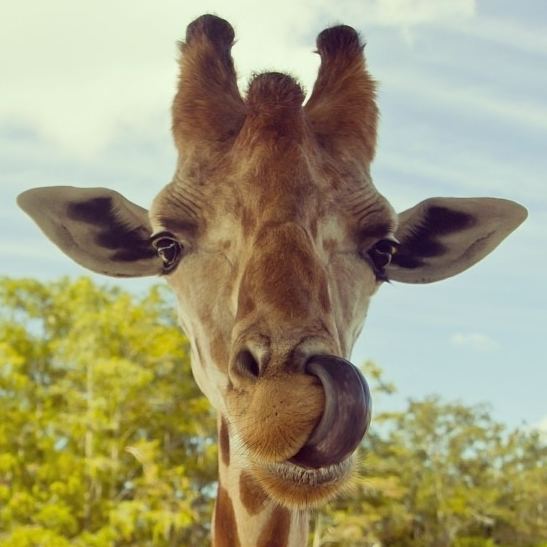 | ||
Prehensility is the quality of an appendage or organ that has adapted for grasping or holding. The word is derived from the Latin term prehendere, meaning "to grasp".
Contents
Examples
Appendages that can become prehensile include:
Uses
Prehensility affords animals a great natural advantage in manipulating their environment for feeding, digging and defense. It enables many animals, such as primates, to use tools to complete tasks that would otherwise be impossible without highly specialized anatomy. For example, chimpanzees have the ability to use sticks to obtain termites and grubs in a manner similar to human fishing. However, not all prehensile organs are applied to tool use; the giraffe tongue, for instance, is instead used in feeding and self-cleaning.
References
Prehensility Wikipedia(Text) CC BY-SA
